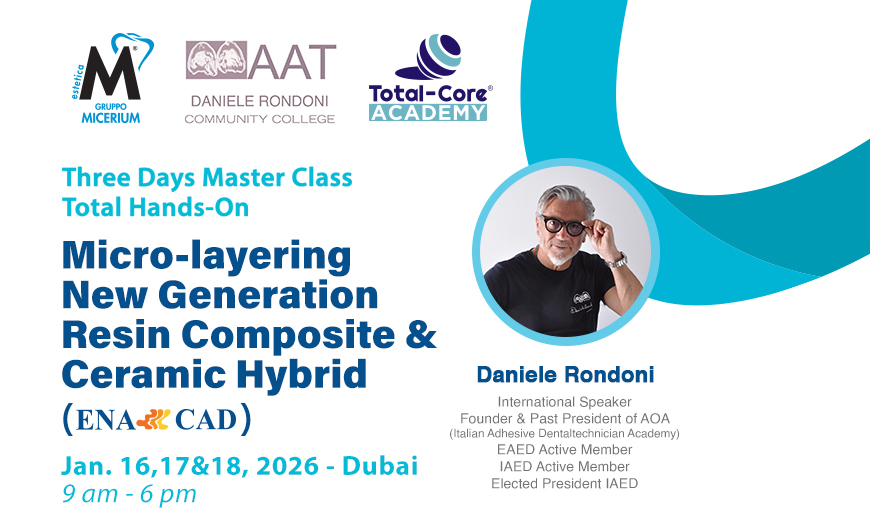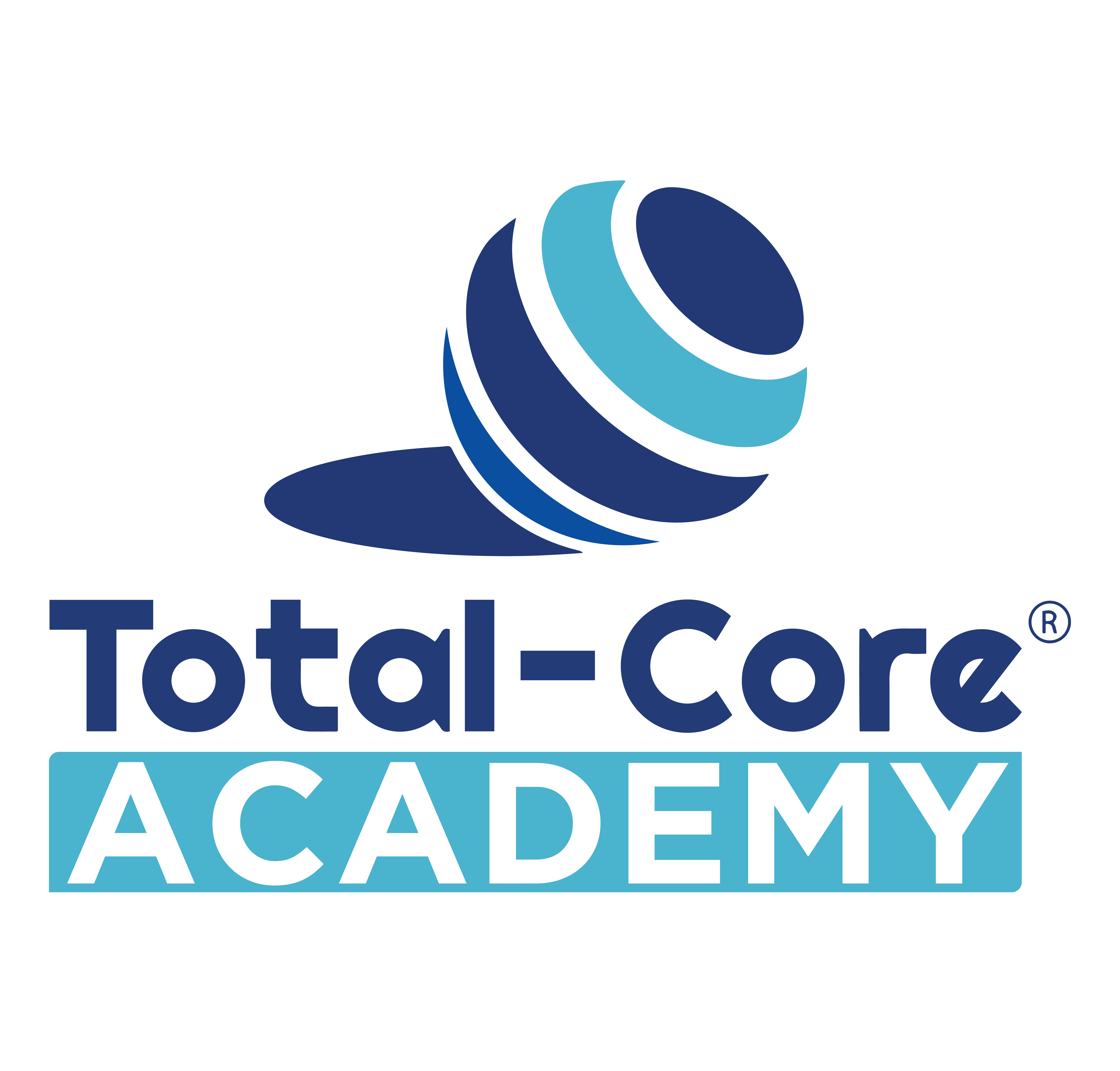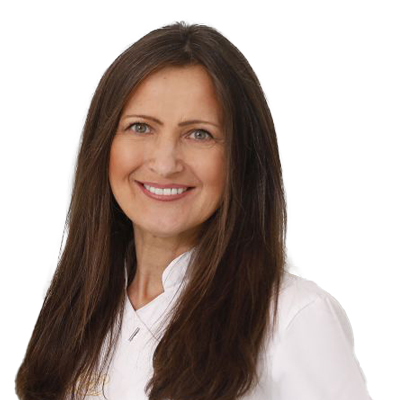- 2025-07-10 08:30:00
- Total Core Academy, Dubai, UAE
Comprehensive course on digital solutions Expired
Comprehensive course on digital solutions
THE SCHEDULE
Registration
08:30 – 09:00Digital Data Acquisition
Introduction to Digital Impression Techniques in Full Arch Reconstructions. Explore the importance of digital impressions in providing accurate and efficient data for full arch restorations. - Science and Clinical Applications. Discuss the scientific principles behind digital impressions, including accuracy, patient comfort, and time efficiency compared to traditional methods. - Technology Overview. Familiarize yourself with the latest technologies used, including intraoral scanners (IOS), face scanners, and cone-beam computed tomography (CBCT). - Functional Registration of Jaw Movements. Learn the techniques for recording jaw movements and how they integrate with digital planning. - - The 4D Digital Avatar. An exploration of the 4D digital avatar concept and its role in patient-specific treatment planning.
09:00 – 12:00Lunch Break
12:00 – 13:00Hands-On Workshop
- Intraoral Scanning (IOS). Practice capturing digital impressions using IOS technology, emphasizing technique and accuracy. - Face Scanning and CBCT Imaging. Engage in hands-on activities to scan a patient's face and obtain CBCT images, learning how to visualize anatomy in three dimensions. - Functional Registration. Acquire skills in registering jaw movements digitally and understanding their significance in treatment planning. - Matching. Perform exercises to match digital impressions with jaw movements, ensuring functional harmony in restorations.
13:00 – 18:00Implant Guide and Restoration Planning
- Introduction to Surgical and Grafting Procedures in Digital Dentistry. Discuss the comprehensive process of planning implant placements and grafting procedures using digital workflows. - Importance of Implant Guides. Explore how guided implant surgery improves accuracy, predictability, and patient outcomes. - Restoration Planning. Learn to design restorations digitally, ensuring they meet the desired aesthetic and functional requirements.
09:00 – 12:00Lunch Break
12:00 – 13:00Hands-On Workshop: Dynamic Navigation
Dynamic Navigation Techniques. Engage in hands-on practice using dynamic navigation systems for implant placement, learning how to adapt to changing anatomical considerations intraoperatively
13:00 – 16:00Live Surgery
Participate in a live surgery demonstration focusing on Full-Arch Guided Surgery. Observe the placement of a full-arch implant using a surgical guide and learn real-time decision-making and techniques.
16:00 – 18:30Contemporary Printing and Milling
- Science and Clinical Insights. Understand the advancements in 3D printing and milling technologies, including their applications in dental restorations and orthodontics. - Overview of Materials. Discuss the various materials available for printing and milling, considering their properties, advantages, and limitations.
09:00 – 12:00Lunch Break
12:00 – 13:00Demonstrations
- Live Demonstrations. Witness live demonstrations of contemporary printing and milling techniques, exploring the workflow from digital design to finished restoration. - Interactive Q&A Engage with experts to discuss specific applications and troubleshoot techniques during the demonstrations.
13:00 – 17:00Final Ceremony
17:00 – 18:00Related Courses
From Scan to Plan: Computer Guided Implant Surgery
Event Name: From Scan to Plan: Computer-Guided Implant Surgery
Venue: Total Core Academy
Date: (Friday & Saturday)12-13/December/2025
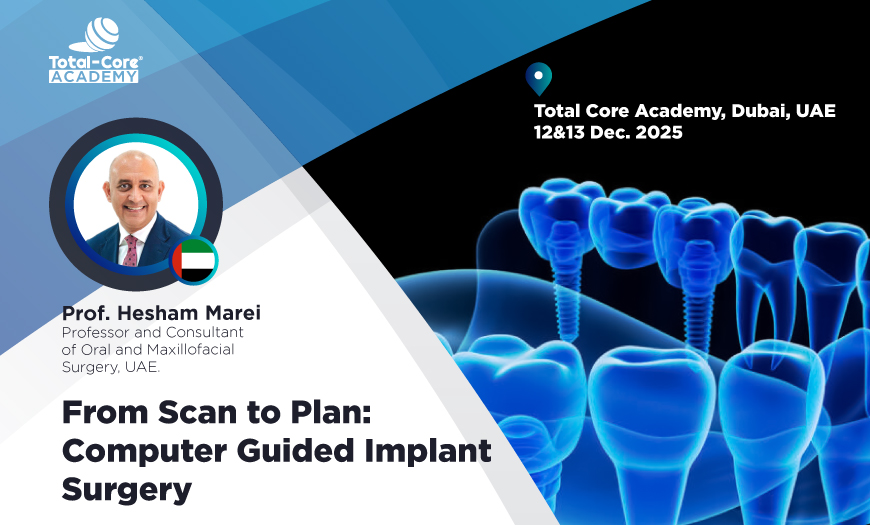
Maxillary Sinus Augmentation
Morning
Anatomy & physiology, what approach.
Afternoon
Gratfing materials and surgical technique.
Morning
Prevention and management of early complications.
Afternoon
Prevention and management of late complications
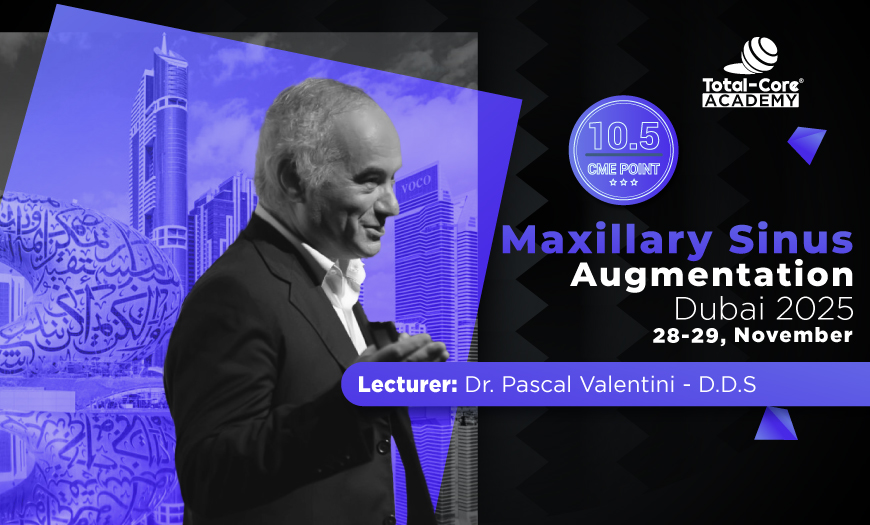
Micro-Layering New Generation Resin Composite & Ceramic Hybrid
Three Days Master Class Total Hands-On
Micro-Layering New Generation Resin Composite & Ceramic Hybrid
